Research Areas
The visual overview identifies key geographic areas where research activities will be concentrated throughout the project. Each region reflects specific thematic priorities and contextual relevance.
Click each place to read more
Guovdageaidnu/Kautokeino is home to a strong traditional Sámi culture, closely connected to research and higher education rooted in the Sámi language. Here, knowledge is mobilized to shape the future of Sápmi.
Loabák/Lavangen is a key Birgejupmi site, selected for its Sámi heritage and strong local knowledge. Working with Gamtofta siida and healer Knut Lunde’s archive fosters dialogue, research, and Indigenous knowledge revitalization in this diverse coastal area.
Orjješ-Ráisa/Sørreisa is a key Birgejupmi site, valued for local Sámi knowledge and community strength. In partnership with Gamtofta siida and healer Knut Lunde’s archive, it fosters research, dialogue, and Sámi heritage revitalization.
Varanger is a vital Birgejupmi site facing climate, ecological, and green transition challenges. It supports Sámi marine knowledge, inclusive governance, and local empowerment through Indigenous-led resilience efforts.
Unjárga/Nesseby is a key Birgejupmi site where Sámi knowledge and youth co-design shape climate, marine, and invasive species research. Workshops and exhibitions explore future visions and assess wind energy’s cultural impacts, supporting Indigenous resilience and adaptation.
Berlevåg is a key Birgejupmi site where youth shape visions for sustainable futures. Through workshops and exhibitions, they explore wind energy and socio-environmental change, fostering inclusive climate decisions and Indigenous resilience in East-Finnmark.
Porsáŋgu/Porsanger is a key Birgejupmi site facing climate-driven ecological shifts. With Mearrasiida as a knowledge hub, the community revitalizes seal practices through workshops, supporting Sámi traditions, resilience, and sustainable coastal stewardship.
Álaheadju/Alta is a key Birgejupmi site, hosting workshops and working with Alta Museum. The museum’s Sámi heritage work helps counter colonial silencing and supports Indigenous empowerment and sustainable, knowledge-based development.
Narsaq in Kalaallit Nunaat is key to Birgejupmi’s One Health focus. Despite limited health services, it offers vital Indigenous knowledge, supporting seal hunting, cultural resilience, and youth-led exchange between Kalaallit Nunaat and Sápmi.
Nuuk, urban hub of Kalaallit Nunaat, is a key Birgejupmi site offering insight into Indigenous governance, education, and health. Home to key institutions, it supports indigenizing archives and One Health collaboration between Kalaallit Nunaat and Sápmi.
Uummannaq in northern Kalaallit Nunaat is a Birgejupmi site highlighting Indigenous health and knowledge in remote areas. Rooted in hunting traditions, it supports the One Health approach and fosters resilience, sustainability, and knowledge exchange with Sápmi.
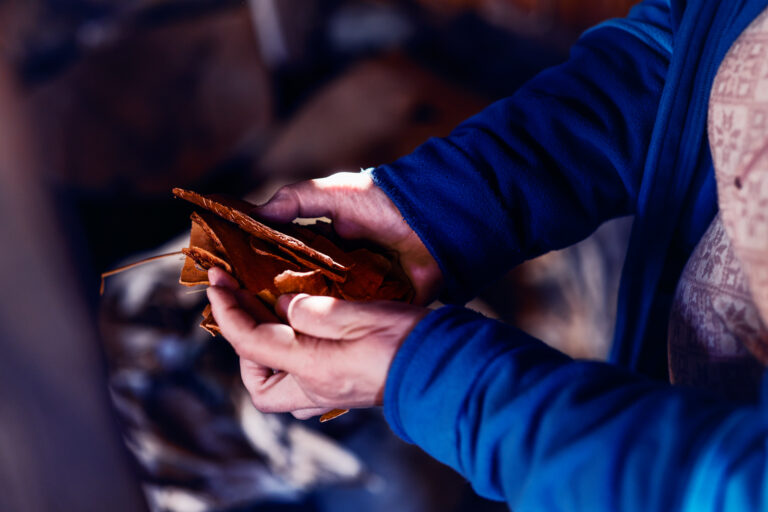
Kautokeino
Guovdageaidnu/Kautokeino offers a globally unique Indigenous environment and serves as an excellent platform for collaboration through the concept of 'two-eyed seeing. This village is home to a strong traditional Sámi culture, closely connected to research and higher education rooted in the Sámi language. Here, knowledge is mobilized to shape the future of Sápmi.
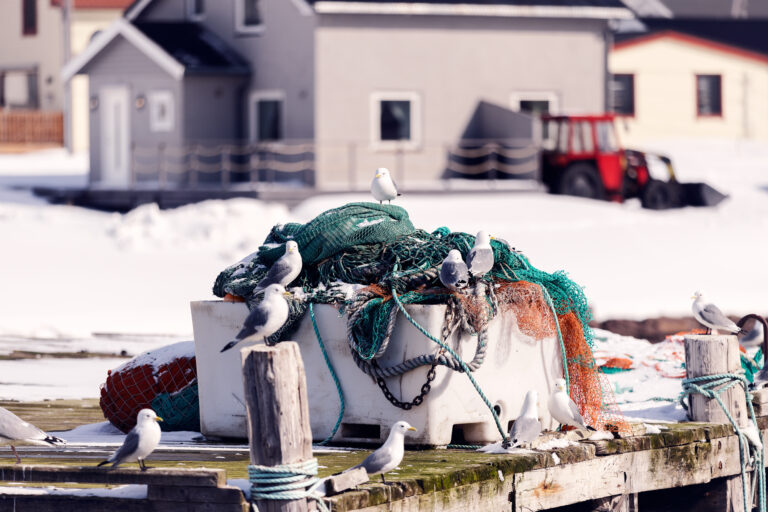
Lavangen
Loabák/Lavangen is a key Birgejupmi field site, chosen for its strong local knowledge and Sámi heritage. Collaboration with Gamtofta siida and the archive of healer Knut Lunde provides a foundation for community-based research and dialogue in this diverse coastal area, supporting the project's broader goals of Indigenous empowerment and knowledge revitalization.
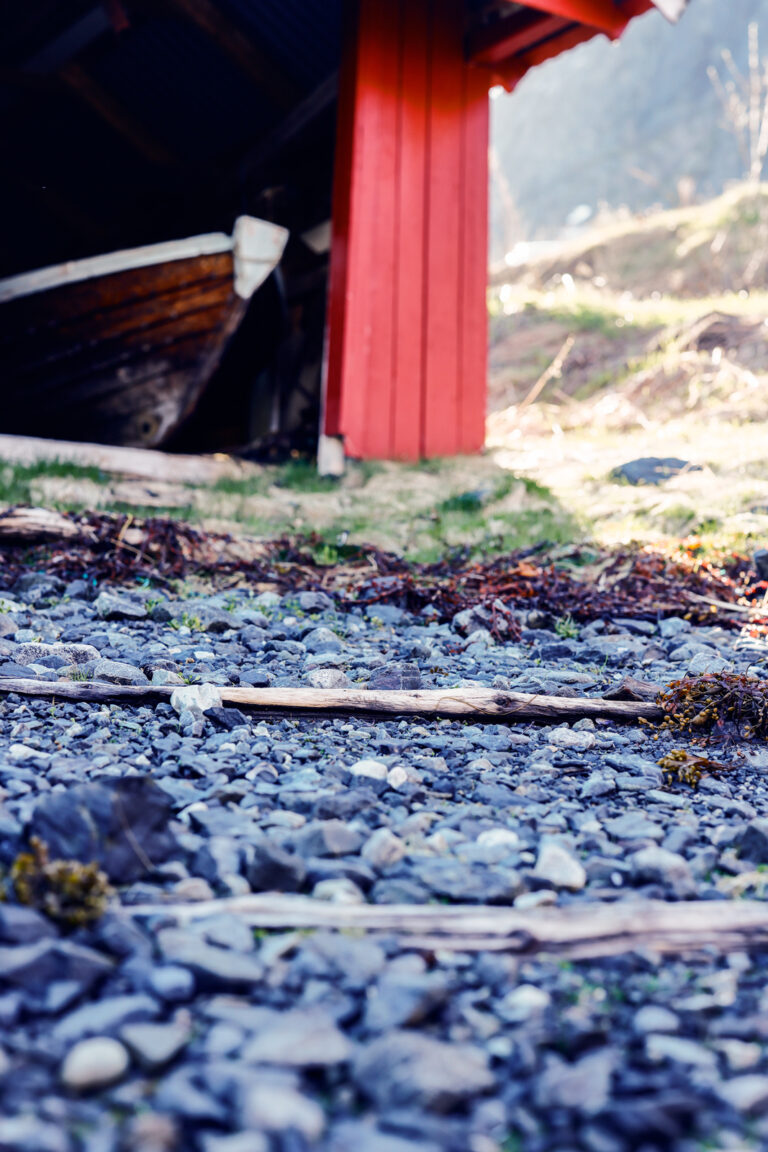
Sørreisa
Orjješ-Ráisa/Sørreisa is a central Birgejupmi field site, because of its Sámi knowledge and strong community presence. In collaboration with Gamtofta siida and the archive of healer Knut Lunde, Sørreisa supports inclusive research, dialogue, and heritage work, contributing to Indigenous empowerment and the revitalization of coastal Sámi identity and traditions.
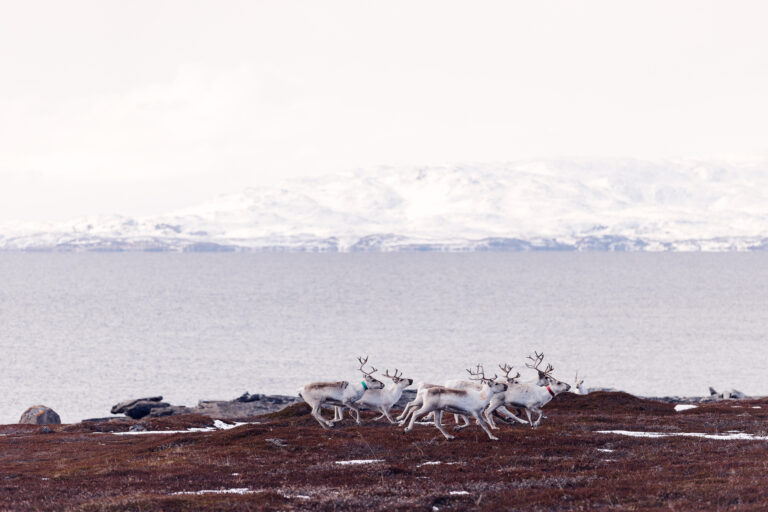
Varanger
Varanger is a key Birgejupmi site due to its complex ecological shifts and socio-economic challenges tied to climate change, invasive species, and green energy transitions. It offers unique opportunities to revitalize Sámi knowledge on marine species, foster inclusive decision-making, and empower local communities through Indigenous-led governance and resilience-building.
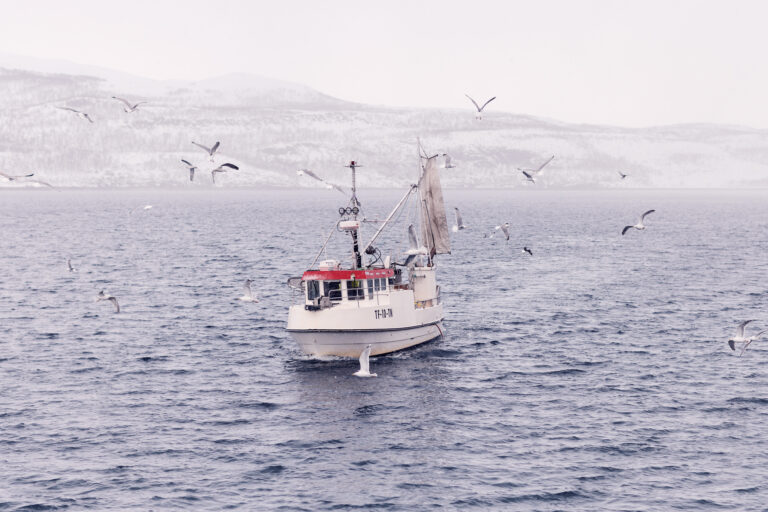
Nesseby
In Unjárga/ Nesseby local knowledge and youth engagement shape research on climate change, invasive species, and marine governance. Community workshops and exhibitions co-designed with young people explore future visions for East-Finnmark, while assessing socio-cultural impacts of wind energy development and supporting Indigenous-led adaptation and resilience.

Berlevåg
Berlevåg is a Birgejupmi site where youth play a central role in shaping visions for sustainable futures. Through workshops and co-created exhibitions, young people explore the impact of wind energy projects and socio-environmental change, contributing to inclusive climate decision-making and strengthening local and Indigenous resilience in East-Finnmark.
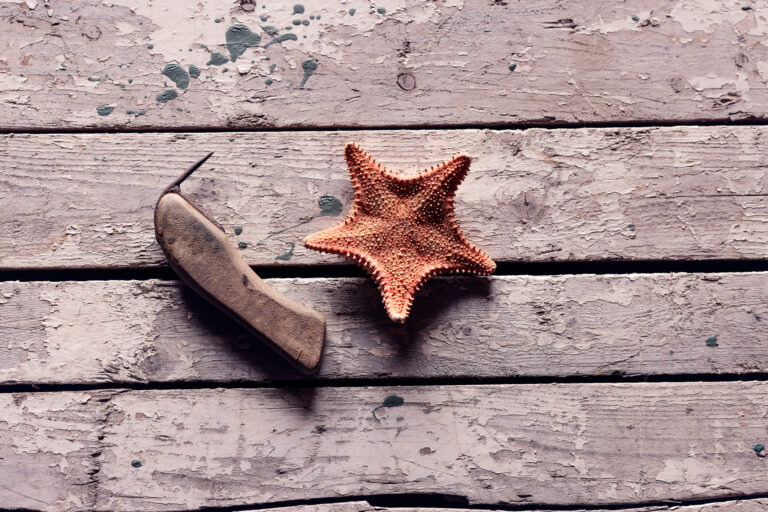
Porsanger
Porsáŋgu/ Porsanger is selected for its exposure to climate-driven ecological shifts and strong Sámi traditions. With Mearrasiida as a local knowledge hub, the community engages in revitalizing seal practices through workshops, addressing environmental changes while fostering Indigenous-led resilience and sustainable coastal stewardship.
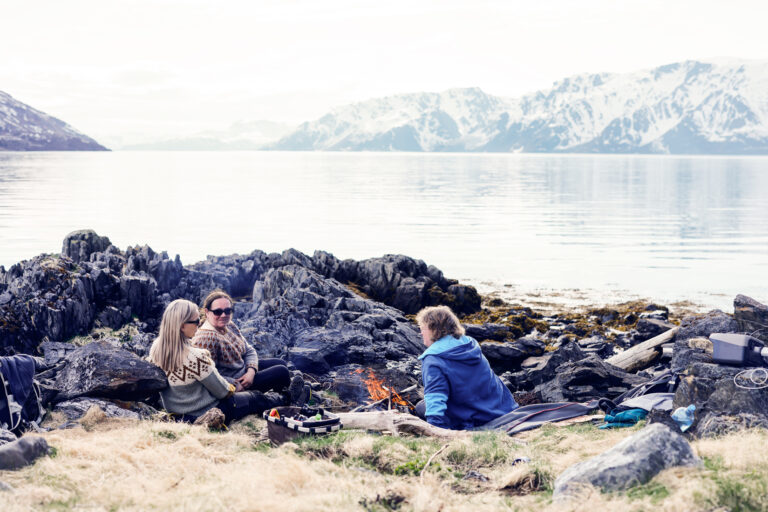
Alta
Álaheadju/ Alta plays a key role in Birgejupmi as a selected field site, hosting workshops and fostering collaboration with UiT. Alta Museum contributes vital knowledge through its long-standing work on local and repatriated Sámi heritage, helping counter colonial silencing and supporting the project’s broader aim of empowering Indigenous voices and sustainable, knowledge-based development.
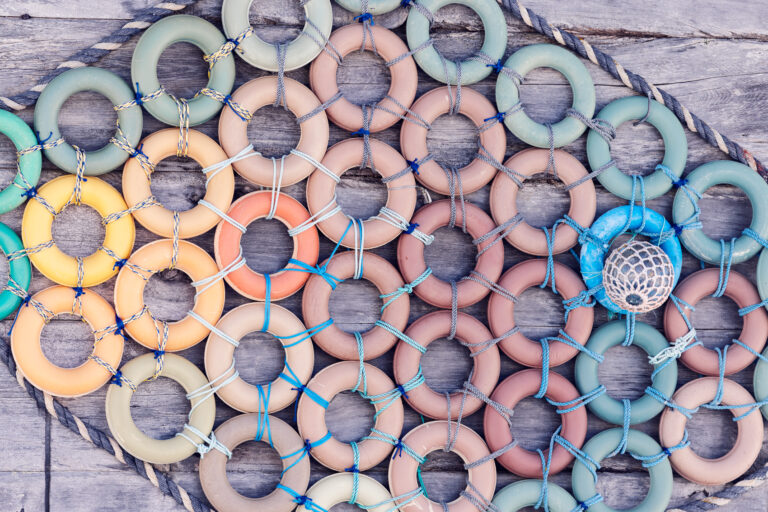
Narsaq
Narsaq, a southern site in Kalaallit Nunaat, is central in Birgejupmi`s One Health approach. With limited access to health services, it offers vital insight into Indigenous knowledge systems and land-based practices. Here, local experts contribute to cross-regional collaboration focused on sustainable seal hunting, cultural resilience, and youth-led knowledge exchange between Kalaallit Nunaat and Sápmi.
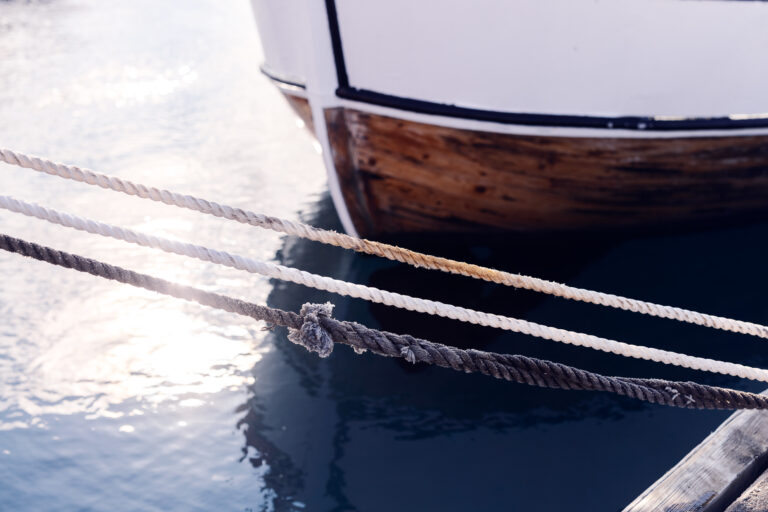
Nuuk
Nuuk, the urban center of Kalaallit Nunaat, is a key Birgejupmi site offering insight into Indigenous governance, education, and health in a climate-changing Arctic. As home to institutions and decision-makers, it supports efforts to indigenize archives and storytelling. Collaborations in Nuuk strengthen One Health strategies and foster knowledge exchange between Sápmi and Kalaallit Nunaat.
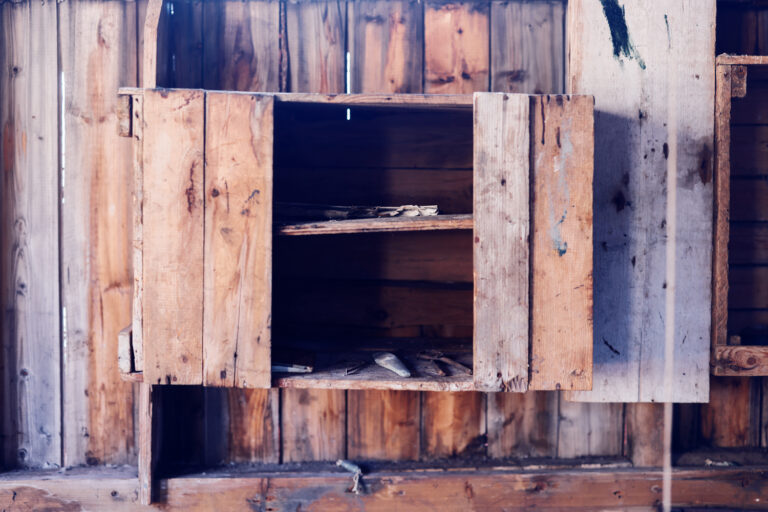
Uummannaq
Uummannaq, located in northern Kalaallit Nunaat, is a Birgejupmi field site offering insight into Indigenous health and knowledge in remote areas with limited services. With strong traditions among hunters and herders, Uummannaq supports the One Health approach and fosters collaboration between Kalaallit Nunaat and Sápmi through knowledge exchange, resilience, and sustainable practices.